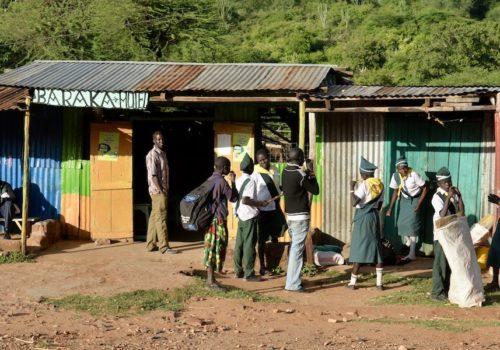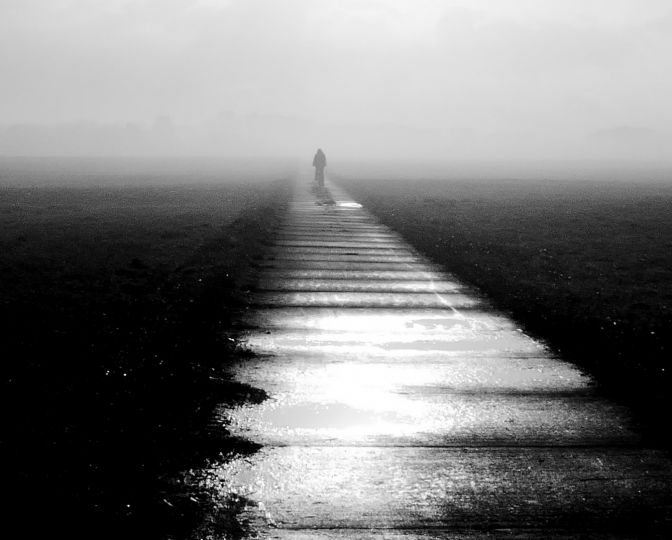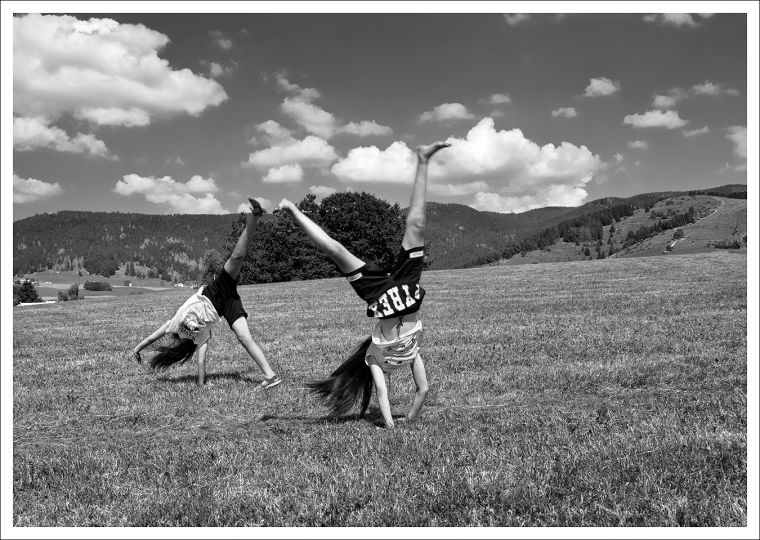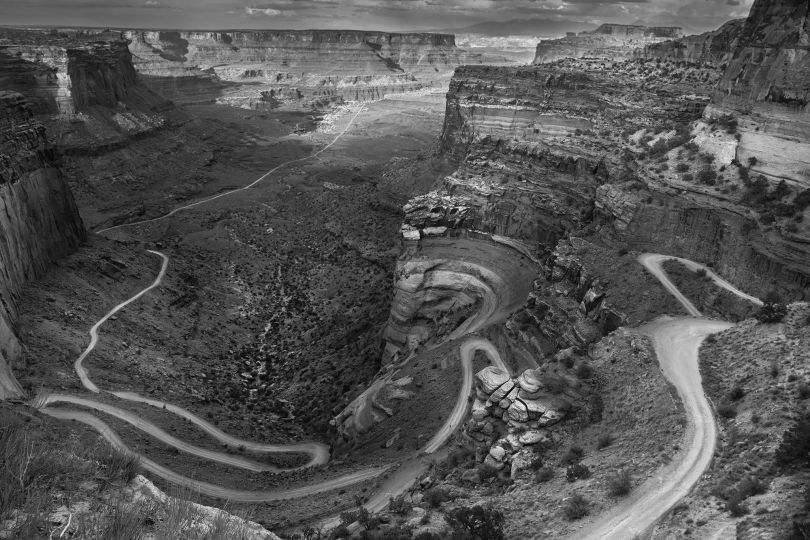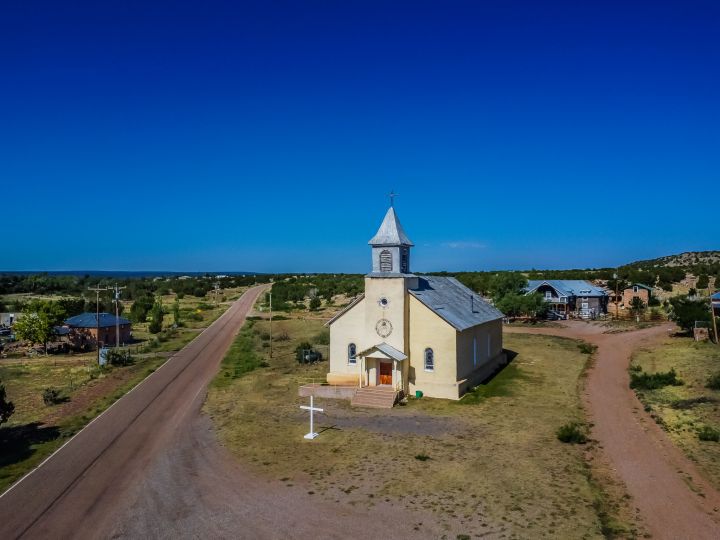Along African Roads
My wife and I have been traveling in Africa for forty years. So far, we have visited 26 countries, some of them several times. Whether traveling by public transportation or in our own car, we could spot the following images along the side of the road. They were largely identical, no matter which country we were traveling in, whether it was Mali in 1982 or South Sudan in 2022.
All photos shown here were taken from the same perspective, showing the rural roadsides. They have the same 9:4-format to draw the viewer’s eye to what is happening there. They are colorful, he sun is shining with all its might, and there is usually a bustle of activity. We see stores, restaurants, street vendors, markets, corrugated iron shacks and litter. Typical Africa. This makes the pictures look similar, as if they were taken in the same place and at the same time. At first glance, they look nice and ordinary. But they were taken in eight different African countries over more than 20 years. This makes them tragic at a second glance.

